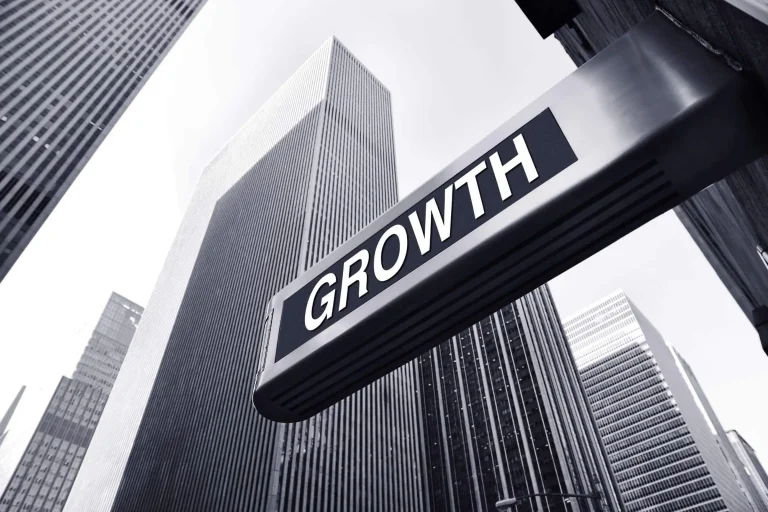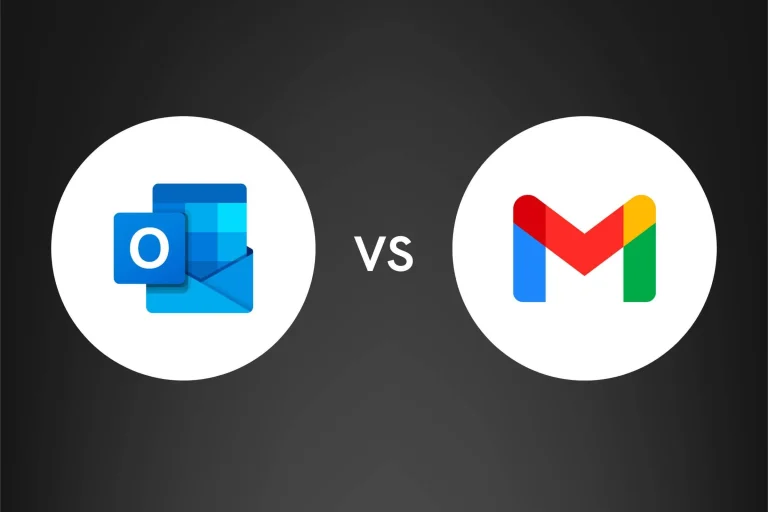Introduction
Conversion rate optimisation (CRO) is one of the most effective methods for improving website performance and generating more sales. It involves optimising your web design and content to maximise the number of visitors who go on to convert into customers. From improving page loading speed to personalising content, there is a wide range of strategies that you can use for CRO. In this blog post, we’ll dive into the details and take a look at some of the most effective conversion rate optimisation strategies you can implement today.
What is Conversion Rate Optimisation?
Conversion Rate Optimisation, or CRO, is the process of improving the percentage of visitors to a website who take the desired action. For example, the desired action could be anything from making a purchase, signing up for a newsletter, or downloading a white paper.
CRO is achieved through a variety of means, including A/B testing, user experience optimisation, and creating compelling calls to action. By constantly testing and tweaking different elements on their website, businesses can gradually increase their conversion rate and get more leads and customers.
Several factors can affect conversion rates, such as the website’s design, the copy used, and the overall user experience. Creating a seamless and intuitive user journey is essential for any business that wants to succeed online.
While there is no surefire formula for success, there are certain CRO strategies that have been proven to work time and time again. These include using strong calls to action, removing distractions from the page, and making it easy for users to take the desired action.
Conversion rate optimisation is an essential part of any digital marketing strategy. By constantly testing and improving your website, you can ensure that more visitors take the desired action, whether making a purchase or signing up for your newsletter.
How to calculate the conversion rate
If you are looking to calculate your conversion rate, there are a few things that you will need to take into account. First, you will need to determine what your goal is. For example, are you looking to increase sales by a certain percentage? Or are you looking to increase the number of leads that you generate? Once you have determined your goal, you will need to gather data on your current conversions.
This data can be pulled from your website analytics or from your CRM system. Once you have this data, you will need to calculate your conversion rate using the following formula: (Total number of conversions / Total number of visitors) x 100 = Conversion Rate. For example, if you had 100 visitors to your website and 10 of them made a purchase, your conversion rate would be 10%.
The Different Types of Conversion Rate Optimisation
There are four main types of conversion rate optimisation: A/B testing, multivariate testing, split testing and click-through rate optimisation.
A/B testing is the process of comparing two versions of a web page to see which one performs better in terms of conversion rate. The two versions are usually identical except for one element, such as the headline or the call-to-action button.
Multivariate testing is similar to A/B testing, but instead of comparing two versions of a web page, it compares multiple versions with different combinations of elements. This allows you to test different hypotheses and find the best combination for your audience.
Split testing is a type of A/B testing where traffic is divided into two groups, and each group is shown a different version of the web page. The version that results in higher conversion rates is then implemented for all visitors.
Click-through rate optimisation is the process of improving the click-through rate on a particular element on a web page, such as a banner ad or an email link. This can be done by changing the element’s placement, size or design.
The Three Stages of Conversion Rate Optimisation
1. The Awareness Stage
The first stage of conversion rate optimisation is the awareness stage. In this stage, it is important to generate interest in your product or service and get visitors to your website. This can be done through various marketing channels, such as search engine optimisation, content marketing, social media marketing, and paid advertising.
2. The Interest Stage
Once you have generated traffic to your website, converting visitors into leads or customers is the next stage. This is where you need to create compelling content and offers that will capture their attention and persuade them to take action. Some effective strategies for this stage include lead magnets, landing pages, and effective call-to-action.
3. The Decision Stage
The final stage of conversion rate optimisation is the decision stage. This is where the visitor decides whether to buy your product or service. To increase the chances of conversion, it is important to provide a frictionless buying experience and address any objections that they may have.
The Benefits of Conversion Rate Optimisation
Conversion rate optimisation (CRO) is the process of improving the percentage of visitors to a website who take action – such as making a purchase, signing up for a newsletter, or filling out a contact form.
There are many benefits of CRO, including:
- Increased Revenue: By increasing the conversion rate, you will also increase the overall revenue generated from your website.
- Improved ROI: With a higher conversion rate, you will see a better return on investment (ROI) from your marketing campaigns.
- More Qualified Leads: CRO can help you generate more qualified leads by ensuring that only those interested in your product or service reach your website.
- Better User Experience: A well-optimised website will provide a better user experience, leading to improved brand loyalty and customer satisfaction.
The Seven Principles of Conversion Rate Optimisation
Conversion rate optimisation (CRO) is the process of using data and insights to improve the performance of your website or app. By understanding how users interact with your site, you can identify areas for improvement and make changes that increase conversions.
There are seven key principles that should be followed when undertaking CRO:
- Set realistic goals
- Understand your audience
- Identify what’s working (and what isn’t)
- Create a strong value proposition
- Simplify the user experience
- Use persuasive elements
- Test, test, test!
A/B Testing
A/B testing is a key tool in any conversion rate optimisation (CRO) strategy. It allows you to test two or more versions of a web page or app against each other to see which performs better in terms of conversion rate.
A/B testing can be used to test anything that might affect conversion rate, such as headline, copy, call-to-action (CTA), images, button colour, etc. The only limit is your imagination!
To run an A/B test, you must first decide what element you want to test. Once you have decided on this, you then need to create two or more versions of the web page or app with this element changed. For example, if you want to test the headline, you would create one version with the original headline and another with a different headline.
Once you have created your different versions, it is time to start the test. This is done by sending traffic to both versions of the page or app and seeing which converts better. The version that converts better is the winner!
There are a few things to keep in mind when conducting multivariate or split testing:
- Test one element at a time. This will give you the most accurate results and prevent any confounding factors.
- Start with your most important elements. These are the elements that are most likely to have the biggest impact on the conversion rate.
- Make sure you have enough traffic to your website or landing page. You need a decent amount of traffic to get reliable test results.
If you follow these tips, you can be sure that multivariate and split testing will be valuable tools in your conversion rate optimisation arsenal.
Why Is Conversion Optimisation Rate (CO) So Important?
Conversion rate is one of the most important factors in determining the success of your online business. A high conversion rate means more people are taking the desired action on your website, whether it be signing up for a newsletter, making a purchase, or filling out a form. Conversely, a low conversion rate indicates that people are leaving your site without taking any desired action.
Many different factors can affect your conversion rate, such as your website’s design, your content’s quality, and even outside factors like the current state of the economy. No matter what industry you’re in, paying attention to your conversion rate and working to improve it is essential to maximising your profits.
There are many different strategies you can use to improve your conversion rate. Testing different elements on your website and tracking the results is a great way to find out what works best for your business. Additionally, offering incentives like discounts or free shipping can encourage people to take action on your site. Finally, ensuring that your website is optimised for mobile devices is crucial in today’stoday’s market – over half of all web traffic now comes from mobile phones and tablets.
By paying attention to your conversion rate and using effective strategies to improve it, you can ensure your business is as profitable as possible.
Conclusion
Conversion rate optimisation is an important part of any successful business. By implementing the right strategies, you can increase your leads and conversions while also improving customer engagement. We hope this article has given you a better understanding of the different conversion rate optimisation strategies available so that you can make the most out of your website and generate more revenue for your business. Start using these tactics today to take advantage of every opportunity and optimise your site’ssite’s performance.

















